The Green Mountain Boys or Rangers, from the staunch hills of Vermont and New Hampshire, appeared as a group of volunteers under John Stark at Cambridge, Massachusetts, in June 1775, to fight desperately in the Battle of Bunker Hill. A month earlier, led by Ethan Allen and Seth Warner, they had taken Ticonderoga and Crown Point. After participating the ill-fated invasion of Canada, they returned, few in number, to be recruited again, still under one of their indomitable leaders, to rout the Hessians of Burgoyne at Bennington. Presented by McLain T. O’Ferrall, in memory of his grandfather Charles T. O’Ferrall, former governor of Virginia.
Flag of Floating Batteries
In September, 1775, two strong floating batteries were launched on the Charles River, Massachusetts, and in the following month opened fire on the British in Boston. The ensign used was a pine tree flag with the words “Appeal to Heaven”. Presented by Matilda H. Spessard and Rutherford H. Spessard, Jr. in memory of Rutherford Houston Spessard.
Flag of Webb’s Connecticut Regiment
(The Third) Is a replica of the original now mounted in Philadelphia. This may at one time been the flag of the 1st Connecticut whose colours were yellow. It bears the numeral 1. Colonel Webb served on General Washington’s staff. This flag, and those numbered through 28, were presented by John D. Rockefeller, Jr., an honorary member of the Virginia Society.
Rochambeau’s Headquarters Flag
Was white, as were all French Headquarters Flags. Within the last quarter-century, research as shown the flag was not plain white. There were Fleur-de-lis in the corners with the royal arms in the center. Rochambeau was the French King’s Commander-In-Chief in America.
Flag of the Commander-in-Chief’s Guard
Washington’s personal bodyguard, organized in 1776 and comprised of a Battalion of 180 men first made up of Virginia Continentals and later soldiers from all colonies. The original flag was owned by George Washington Parke Custis.
The Deux-Ponts Regiment Flag
The Deux-Ponts Regiment was from the Saar and not from France proper. Its personnel were Bavarians of the Palatinate. It was commanded by Count Deux-Ponts at Yorktown. Lt. Col. Viscount De Deux-Ponts of this regiment commanded the attack on redoubt No. 9 with his troops and those from the Gatinois Regiment.
Third New York Regiment Flag
This regiment was organized by Colonel Gansevoort after the Canadian expedition in 1776. The regiment held the Mohawk Valley and was one of the continental regiments that moved to Yorktown. The flag was the basis for the current New York state flag. The motto “Excelsior” means “Higher” or “loftier”.
Eutaw Flag
Of Colonel William Washington’s Cavalry. Believed to have been carried Colonel Washington in 1781 at Cowpens and Eutaw Springs in personal encounter with Tarleton. Legend says the flag was hastily made by a lady admirer of Washington from a damask curtain. Presented by H. Marston Smith.
The Naval Privateer Flag
Used by American privateers during the War for Independence. Sometimes, instead of the 13 alternate orange and black stripes, the colours were yellow and white. Presented in memory of the Rev. James Fitzhugh Ferneyhough by a group of his friends.
Light Horse Harry Lee’s Light Dragoons Guidon
First carried by Lee’s Legion in the Southern Campaign in 1781 and continued in use after Yorktown until 1782. This cavalry flag is much smaller than the other Colours because it was carried by a man on horseback. Presented by Harry H. Augustine, Jr.
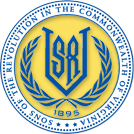


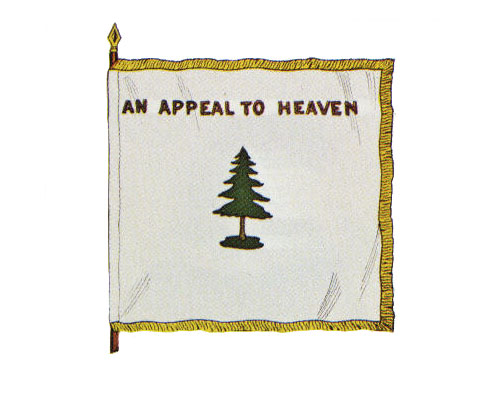
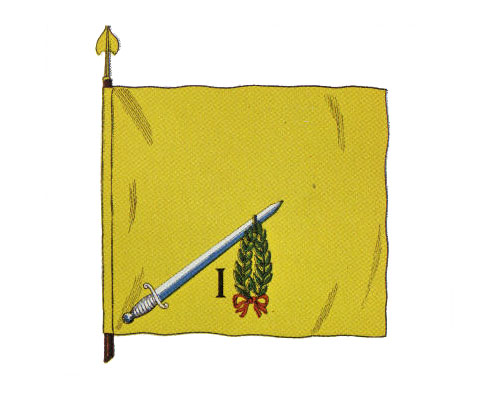
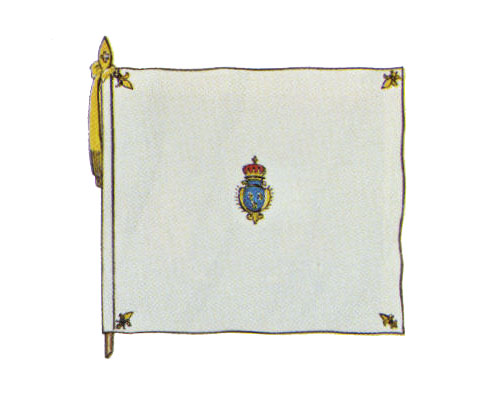
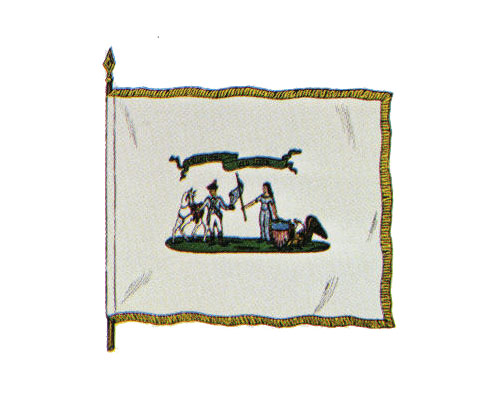
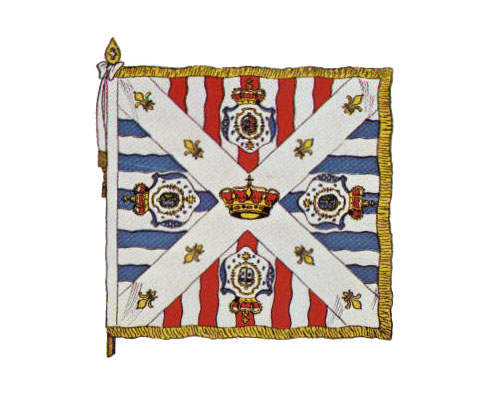
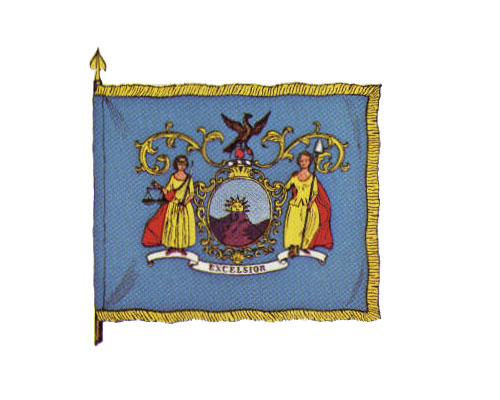
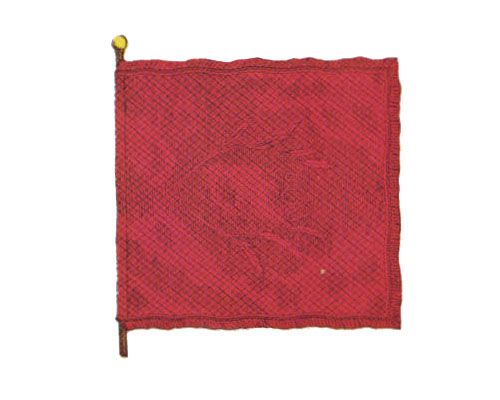
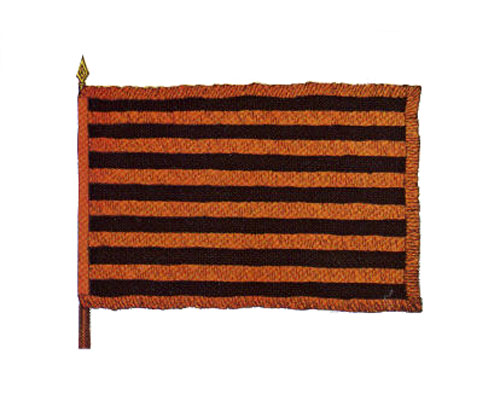
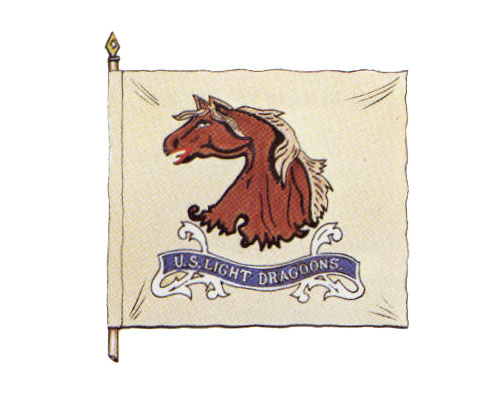
Recent Comments